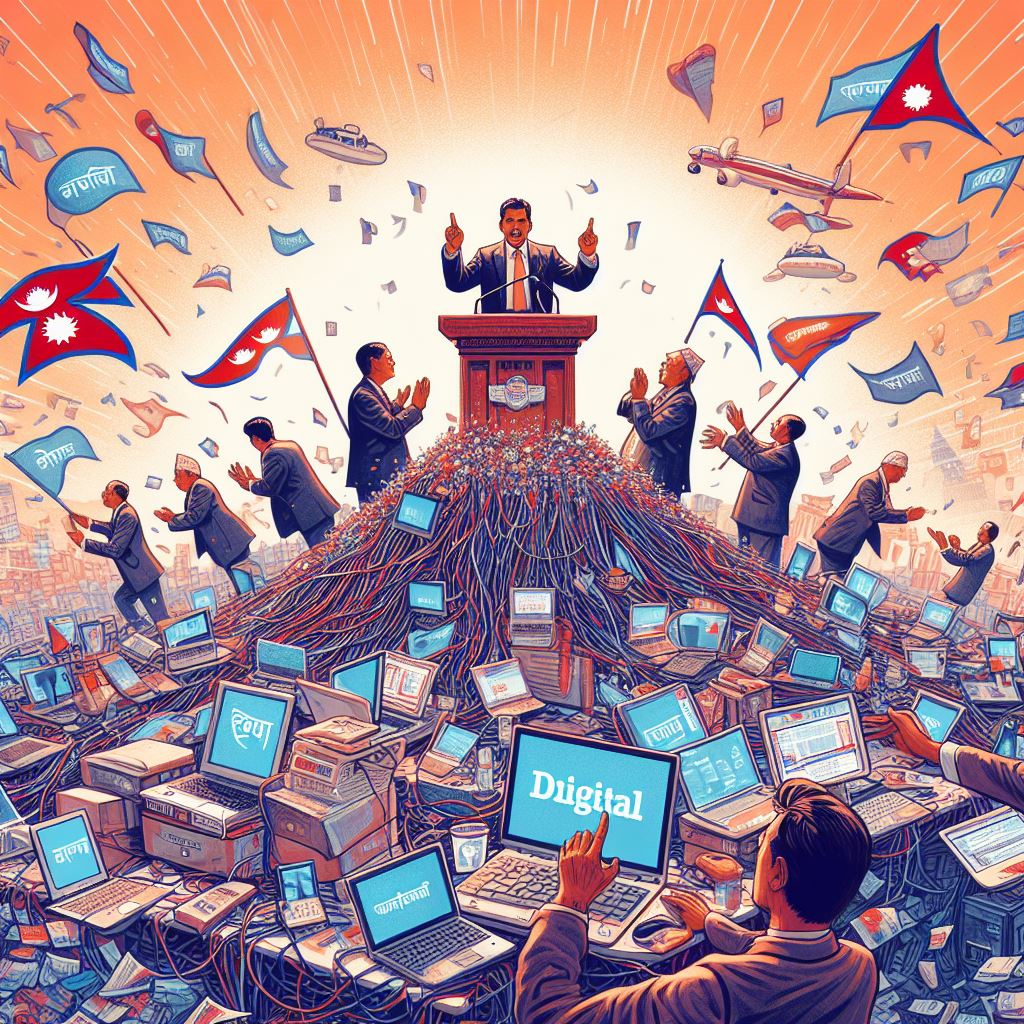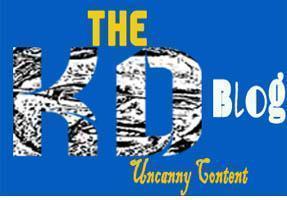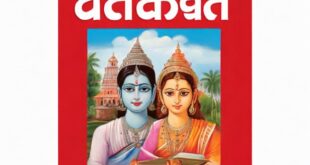Neglected Websites of Nepali Political Leaders Raise Concerns
The online landscape mirrors the evolving dynamics of Nepali politics, but a closer look reveals a stark contrast between the digital prowess of political leaders and the sorry state of political party official websites.
Outdated Websites and Digital Inertia
While political leaders flaunt the latest smartphones, their digital footprints paint a different picture. Many official websites languish in neglect, resembling virtual relics frozen in time. Prime examples include:

Prachanda’s Dated Digital Hub: Despite being a prominent figure, Prime Minister and Chairman of CPN Maoist Center, Pushpa Kamal Dahal Prachanda’s website, CMPrachanda.com, remains stagnant since December 11, 2023. The homepage echoes stale updates, failing to reflect the ongoing political landscape.
Deuba’s Personalized Platform: Nepali Congress President Sher Bahadur Deuba’s website (www.sherbahadurdeuba.com) resembles a personal profile rather than a dynamic platform for engaging with constituents. It merely mirrors his social media feeds, lacking fresh content or meaningful updates.
Oli’s Static Cyber Space: Former Prime Minister and Chairman of CPN-UML KP Sharma Oli’s website (www.kpsharmaoli.com.np) stagnates since October 2022, adorned with outdated slogans and static speeches. Despite his tech-savvy image, Oli’s online presence fails to reflect his purported dynamism.
Digital Hijacks and Technological Hurdles
The digital woes extend beyond neglect to outright cyber anomalies:
Baburam’s Misappropriated Domain: Baburam Bhattarai’s website (baburambhattarai.com) redirects to an unexpected destination, showcasing a bizarre homage to footballer Messi. Unbeknownst to Bhattarai, his domain fell victim to digital hijacking, undermining his online credibility.
Jhalnath Khanal’s Cyber Standstill: Former Prime Minister and CPN-S leader Jhalnath Khanal’s website suffers a similar fate, failing to load or update. Despite his political acumen, Khanal struggles to maintain a functional online presence, diminishing his outreach efforts.
Party Websites: A Digital Quagmire
The broader party websites paint a picture of digital disarray:
Nepali Congress’ Fading Legacy: The Nepali Congress website (nepalicongress.org) hosts outdated articles and unresolved leadership discrepancies. Despite leadership transitions, the website fails to reflect current party dynamics, leaving visitors in a state of confusion.
Read : Nepal’s Top 10 Blogs: Diverse, Insightful, Innovative!
CPN UML’s Digital Vigor: In contrast, CPN UML’s website showcases a semblance of digital agility, promptly updating party activities and chairman speeches. The website serves as a digital nerve center, reflecting the party’s proactive approach to online engagement.
Rashtriya Prajatantra Party’s Minimalist Approach: The RPP website (rpp.org.np) adopts a minimalist stance, offering limited functionalities focused solely on membership management. President Rajendra Lyngden’s presence dominates the homepage, emphasizing party leadership.
Future Outlook
Despite the digital disparities, there are glimpses of progress:
National Independent Party’s Modernization: The National Independent Party’s updated website reflects a commitment to digital modernization, offering online membership services and timely updates.
Janata Samajwadi Party’s Digital Debut: The Janata Samajwadi Party marks its digital debut with a functional website (https://peoplesocialist.org), featuring recent news updates and signaling a potential shift towards enhanced online engagement.
In a rapidly evolving digital landscape, political leaders and political party must prioritize digital relevance to effectively engage with constituents and navigate the intricacies of contemporary politics.
In conclusion, the state of political leaders’ websites in Nepal reflects a concerning lack of maintenance and updates. Despite the prevalence of expensive smartphones among these leaders and their allies, their online presence is outdated and in disarray.
Prime examples include the websites of prominent figures such as Pushpa Kamal Dahal Prachanda, Sher Bahadur Deuba, KP Sharma Oli, and Baburam Bhattarai, among others, which have not seen updates for years. Some websites even display errors or have been overtaken by unrelated content, such as Baburam Bhattarai’s site resembling that of footballer Messi.
This neglect extends to second-generation leaders like Gagan Thapa and Bishwaprakash Sharma, whose websites are also non-functional despite attempts to modernize them.
Even the websites of major political parties like Nepali Congress and CPN UML suffer from outdated content and lack of updates, though CPN UML seems to be relatively more active in maintaining its online presence.
In contrast, the National Independent Party and Janata Samajwadi Party demonstrate efforts to maintain updated websites, showcasing party activities and facilitating online membership.
Overall, the disparity in the condition of political party, political leaders’ websites underscores the need for greater attention to digital presence and communication strategies in Nepali politics. A more proactive approach to website maintenance and content updates could enhance transparency, engagement, and accountability with the electorate.
🌐 Dive into the digital landscape of Nepali politics! Our latest article reviews the online presence of political parties in Nepal. Explore the state of their websites, from neglect to modernization. Stay informed! Twitter and Facebook #NepalPolitics #WebsiteReview ,
 Uncanny Content TheKDBlog No 1 Technology Blog helps you live a dream life with blogging. TheKDblog help to tech lover provide Tech News, Bike, Movie, share, Blogging, etc
Uncanny Content TheKDBlog No 1 Technology Blog helps you live a dream life with blogging. TheKDblog help to tech lover provide Tech News, Bike, Movie, share, Blogging, etc


